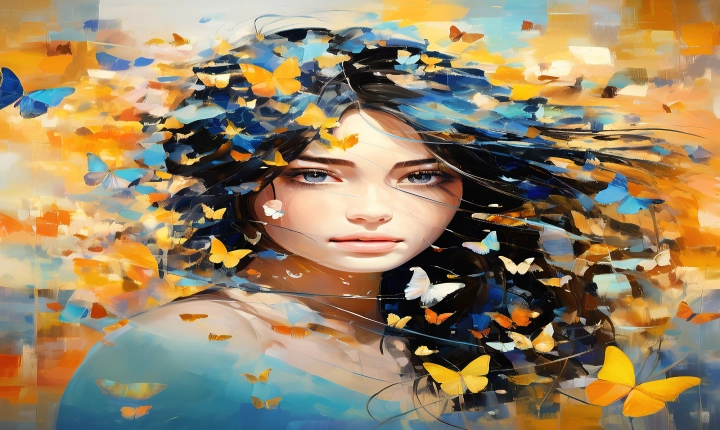Title: How to Extend a Photo Using AI: A Step-by-Step Guide
In the age of advanced technology, artificial intelligence (AI) has revolutionized the way we approach various tasks, including photo editing. One of the most remarkable capabilities of AI in photo editing is the ability to extend a photo seamlessly, creating the illusion of a larger canvas without compromising the quality of the image. In this article, we will explore how to extend a photo using AI, providing a step-by-step guide to help you achieve professional-looking results.
Step 1: Choose the Right AI-Powered Tool
The first step in extending a photo using AI is to select the appropriate AI-powered tool for the task. There are several AI-based photo editing platforms and software available, each offering unique features and capabilities. Some popular options include Adobe Photoshop, Luminar, and Pixelmator Pro, all of which integrate AI technology to enhance photo editing processes. Additionally, standalone AI platforms such as Let’s Enhance and Vance AI Image Enlarger specialize in extending photos specifically.
Step 2: Upload the Image to the AI Tool
Once you have chosen the AI-powered tool, the next step is to upload the image you want to extend. Most AI-based photo editing tools have a user-friendly interface that allows you to easily import your image file. Whether it’s a landscape, portrait, or any other type of photo, ensure that the image resolution is suitable for enlargement to maintain quality during the extension process.
Step 3: Adjust the Extension Parameters
After uploading the image, you can begin adjusting the extension parameters to define the desired enlargement. AI-powered tools often provide options to specify the size and dimensions of the extended photo. You can choose to extend the image horizontally, vertically, or in both directions, depending on the composition and layout of the original photo. Additionally, some AI tools offer advanced settings for preserving image details and reducing artifacts during the extension process.
Step 4: Apply the AI-Powered Extension
Once you have finalized the extension settings, the AI-powered tool will apply its algorithms to seamlessly extend the photo while maintaining image quality. The AI technology intelligently generates new pixels to expand the photo, ensuring that the extended areas blend seamlessly with the original image. This process is particularly useful for creating panoramic landscapes, extending backgrounds, and enhancing the overall visual impact of the photo.
Step 5: Fine-Tune the Extended Photo
After the AI-powered extension is applied, you can further fine-tune the extended photo using additional editing tools offered by the platform. This may include adjusting colors, contrast, and sharpness to ensure a cohesive and polished look. Moreover, some AI-based tools provide options to remove any imperfections or artifacts that may have emerged during the extension process, allowing you to achieve a flawless result.
Step 6: Save and Export the Extended Photo
Once you are satisfied with the extended photo, it’s time to save and export the final version. AI-powered photo editing tools enable you to save the image in various file formats, including JPEG, PNG, and TIFF, ensuring compatibility with different platforms and purposes. Additionally, you can choose the resolution and quality settings to optimize the extended photo for online sharing, printing, or other applications.
In conclusion, the integration of AI technology in photo editing has significantly streamlined the process of extending photos, offering a practical and effective solution for enhancing visual content. By following the step-by-step guide outlined in this article, you can leverage the capabilities of AI-powered tools to seamlessly extend your photos while maintaining exceptional quality and attention to detail. Whether you are a professional photographer, digital artist, or hobbyist, harnessing the power of AI for photo extension can elevate the impact and creativity of your visual compositions.
